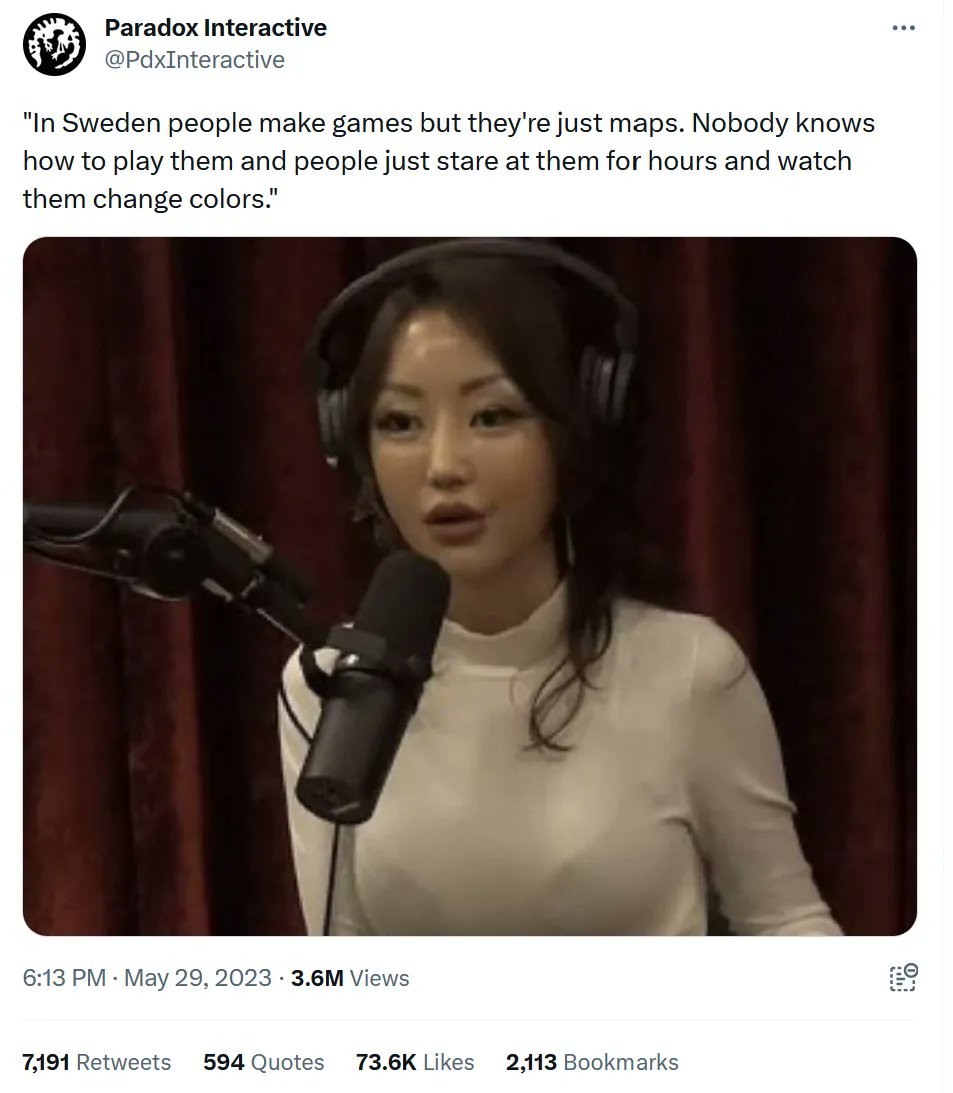Every year for 34 years now, liberals remind us of the Tiananmen square "massacre": a massacre that wasn't. Indeed, no deaths took place in the square itself. A thread 🧵 on the context, factions, and CIA involvement (it wouldn't be a thread without them) 

Protests began in Tian'anmen Square on April 15, 1989 after the death of General Secretary Hu Yaobang. The motives of this first wave of protestors was discontentment towards the Reform and Opening Up policy of Deng Xiaoping.
en.prolewiki.org/wiki/Reform_an…
en.prolewiki.org/wiki/Reform_an…
Very quickly however, a vocal NED-funded minority infiltrated the protests and disrupted the original goal (which was centered on this policy and nothing else) to a more vague "pro-democracy" protest. With funding, they were able to subversively take hold of the leadership.
Here is Liu Xiaobo, one of the student leaders, saying China should be colonised for 300 years to become civilised.
Source: theguardian.com/commentisfree/…
Source: theguardian.com/commentisfree/…

And here is another of the leaders, Chai Ling, crying crocodile tears while saying she hopes students get killed by the army (she herself will be in the US when that happens, she says).
Essentially, the USA wanted to goad the CPC into committing a massacre so they could sanction China and overthrow the communist party. Here is Chai Ling meeting with Nancy Pelosi. 

Premier Li Peng met with protestors at the square, which was broadcast on national television in China. The foreign-funded students, however, demanded the total dissolution of the Communist Party: they would not settle for less than handing China over to their colonial masters. 

This was obviously never going to happen for the Central Committee, and the protests were allowed to go on while a common solution was found: while the vocal minority was the loudest, other groups were still present in the protests and the government was negotiating with them too
The more reasonable protestors were being taken seriously and listened to. They were essentially aligned with the CPC and PLA, and had no reason to be seen as enemies or disruptive agents. 

On May 20, a month after the start of the protests, some protestors became violent and started attacking and killing people around Beijing. Martial law was declared in response. Pictured is a student with a firearm during the protests. Where do you think he got it? 

The protests started wounding down as the more reasonable protestors were content and disbanded, and the government sent troops to clear the square.
The soldiers sent to clear the square were unarmed, and were mobilised because the Beijing police force was overwhelmed by the sheer number of protestors and rioters.
The foreign-funded protestors, however, did not see things that way. When the army penetrated into the square, the rioters, as a last ditch effort, burned and lynched PLA soldiers. Others were taken hostage. There are pictures on the web which we won't show here.
PLA soldiers were subsequently armed around the square as the rioters were arming themsleves too and killing people. The rioters also destroyed more than 400 vehicles. Pictured is an APC, a transport vehicle, destroyed by the rioters. 

Armed does not necessarily mean shoot to kill. The PLA was still under strict orders, and the weapons served as a deterrent and last-case measure.
The evacuation of the square was orchestrated between the PLA and the more reasonable protestors left. Hou Dejian, one of the leaders of the protests, met with the PLA to take charge of the evacuation. When asked later, he did not report any massacre taking place in the square.
The square was peacefully cleared on the morning of June 5, which means no massacre took place inside the square. In total, the riots in Beijing resulted in approximately 300 total deaths, including 36 students, 10 PLA soldiers, and 13 police officers.
Before this comes up: the numbers are from a group in China trying to tally every death directly and indirectly linked to the protests. 4 suicides were recorded as being connected to the protests, for example. This number does not imply responsibility on anyone.
As for the CIA agents stoking the fire, their assets were later extracted as part of Operation Yellowbird. Chai Ling, for example, now lives a peaceful life in the USA. The color revolution attempt had failed.
To this day, the Tiananmen Square story keeps fueling atrocity propaganda. You might remember (or heave heard in passing) of the diplomatic cable made by the UK ambassador to China. Well, "Sir" Alan Donald was never near the square during the evacuation. 

His massacre story is pure fiction, nobody else that was present at the evacuation (including protestors and other journalists) reported anything Donald claimed. Still, to this day, the BBC reports that 10,000 people were killed during the "massacre".
Finally, the famous "Tank man" picture keeps being shared. In the full video, we see him climb onto the tank's turret and even talk with the crew. He then climbs back down and goes on his way unharmed. He was preventing the tanks from leaving the square.
• • •
Missing some Tweet in this thread? You can try to
force a refresh

 Read on Twitter
Read on Twitter








